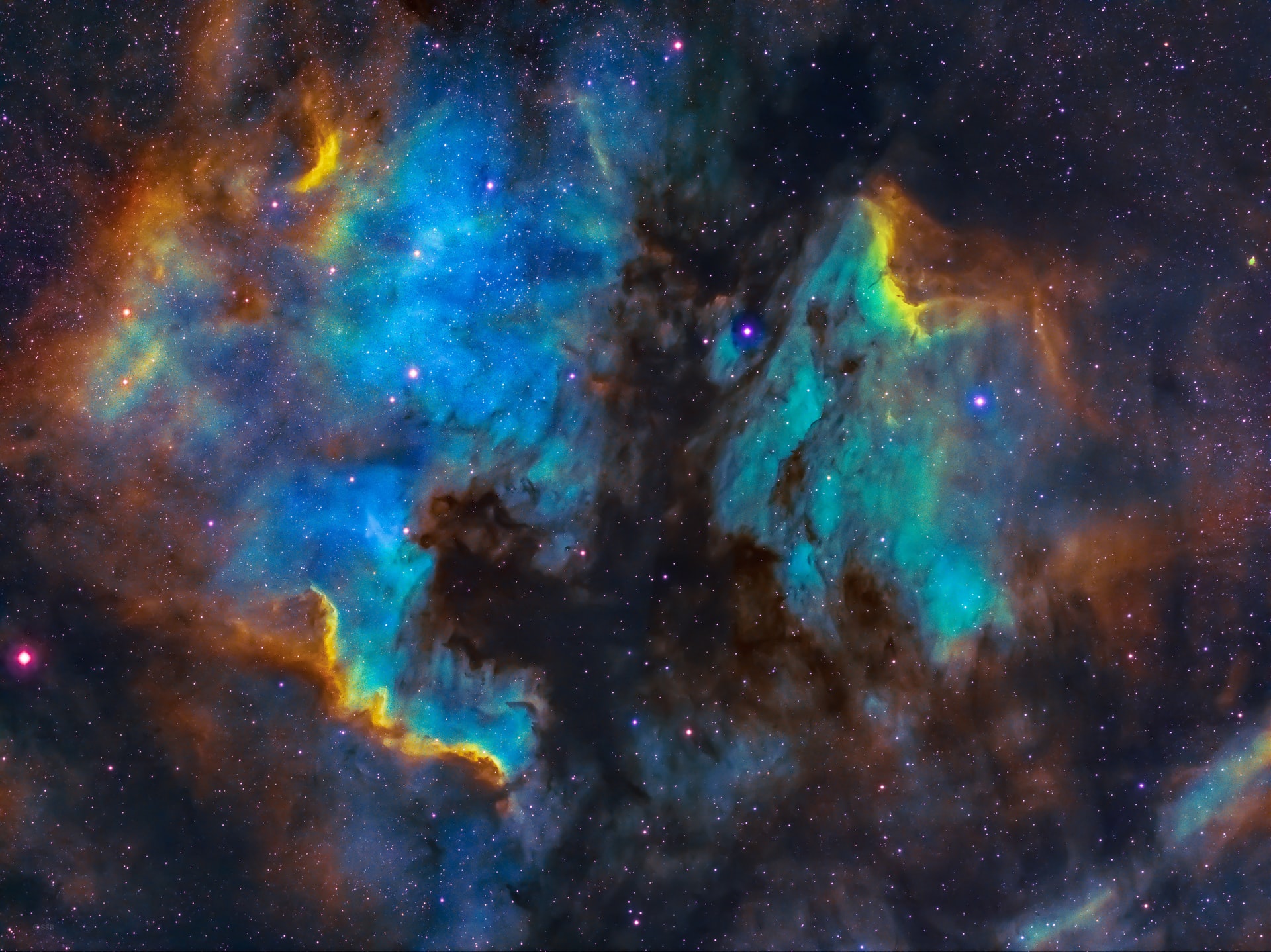For tens of millions of years, our newborn Universe has been shrouded in hydrogen. Gradually, this fog was dispersed by the “dawn” light of the very first stars, which determined the shape of the nascent cosmos. Having a timeline of this period would help scientists understand the evolution of the Universe. But until now, the description of this period has been very conditional and inaccurate.

An international team of astronomers led by the Max Planck Astronomical Institute in Germany used light from dozens of quasars to eliminate this uncertainty. It turned out that the last regions of the hydrogen “fog” dispersed much later than scientists had expected. This happened a billion years after the Big Bang.
Dispersion of primordial hydrogen fog
The first 380 thousand years after the Big Bang can be described as the “static hissing” of subatomic particles in the cooling vacuum of expanding spacetime. As soon as the temperature dropped, the first hydrogen atoms (isotope protium) were formed — simple structures consisting of single protons combining with single electrons. During this period, the entire Universe was filled with uncharged atoms in utter darkness.
In places where neutral hydrogen atoms gathered under unpredictable shocks of quantum laws, gravity took over, pulling more and more gas into balls where nuclear fusion could begin. So the first stars lit up, illuminating the Universe. The light of the cosmic star flooded the surrounding hydrogen fog with radiation, knocking their electrons out of protons and turning the atoms back into the ions they once were. This is how the primeval fog dissipated after the birth of the Universe.
How long this “dawn” took – from the first light of early stars to the reionization of the remaining foci of primary hydrogen – scientists have long been unknown. Until recently. New technologies have made it possible to shed light on this mystery.
Late reionization
“50 years ago, the prevailing view was that reionization ended 900 million years after the Big Bang,” says astronomer Frederick Davis of the Max Planck Astronomical Institute in Germany.
To better understand the scattering of ionized hydrogen, the researchers rechecked the sample using high-quality spectral data over the past 50 years, analyzing light from 67 quasars. It turned out that the last remnants of the original hydrogen were “burned out” by the rays of first-generation starlight approximately 1.1 billion years after the Big Bang, i.e. 200 million years later than the previously estimated calculation.
“The new data set represents a crucial reference point, compared to which the numerical simulation of the first billion years of the Universe’s existence will be revised,” says Frederick Davis.
Follow us on Twitter to get the most interesting space news in time
https://twitter.com/ust_magazine

